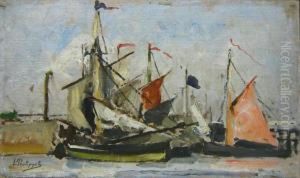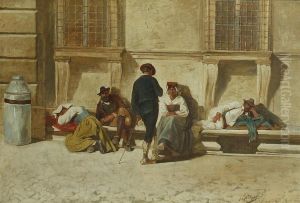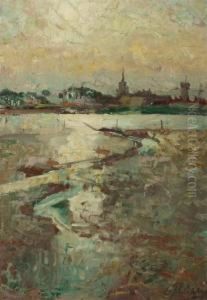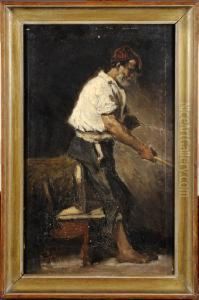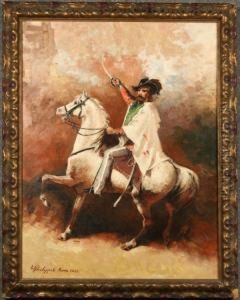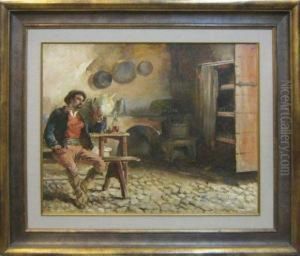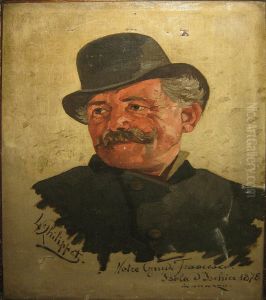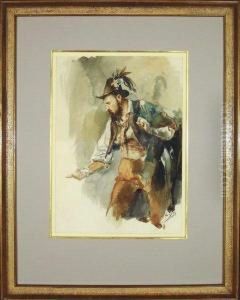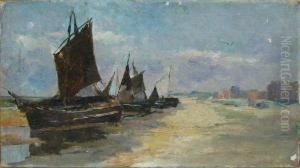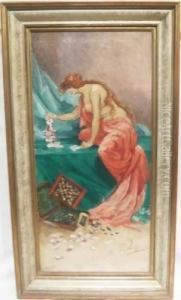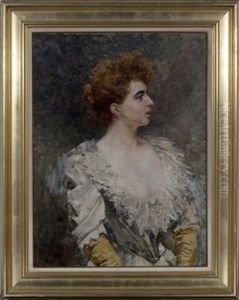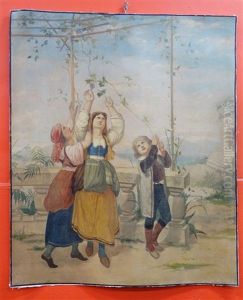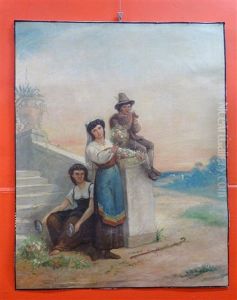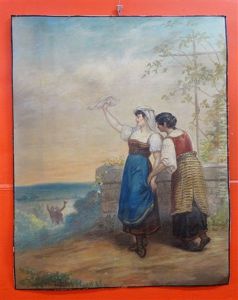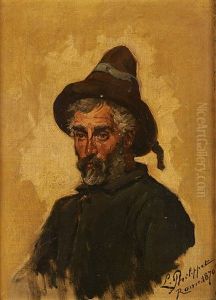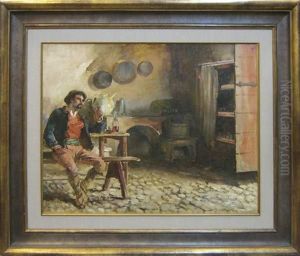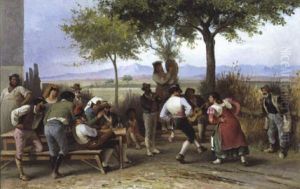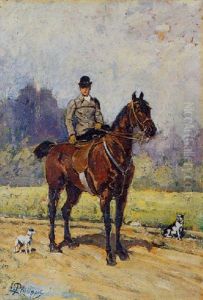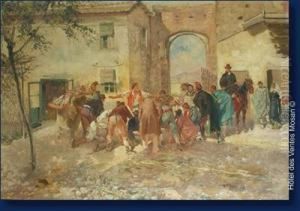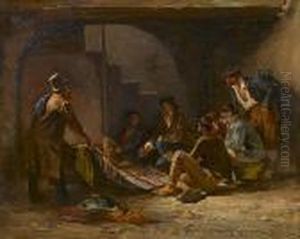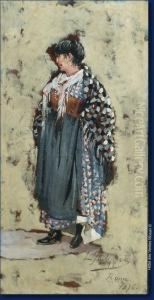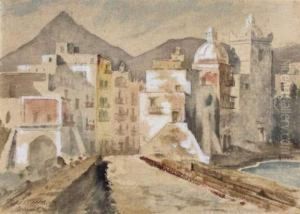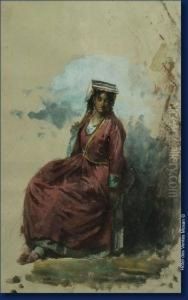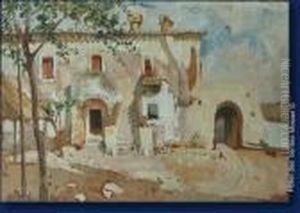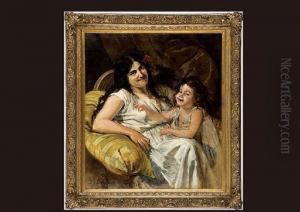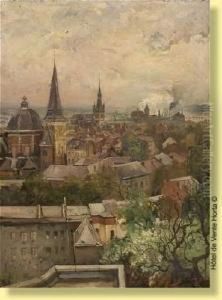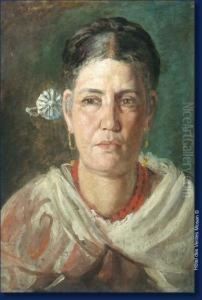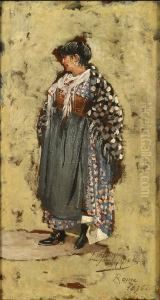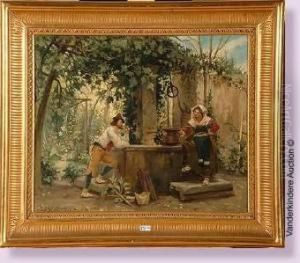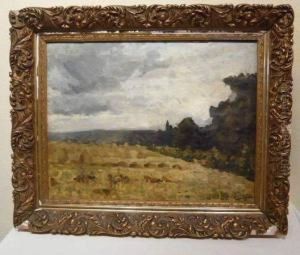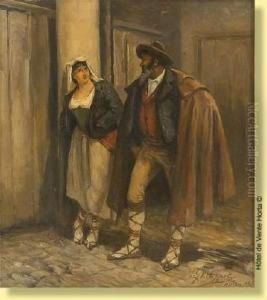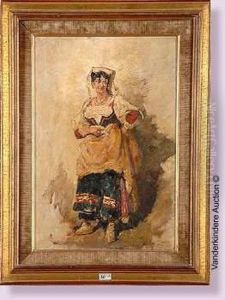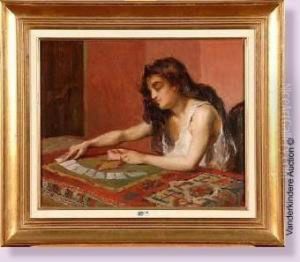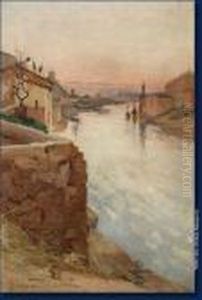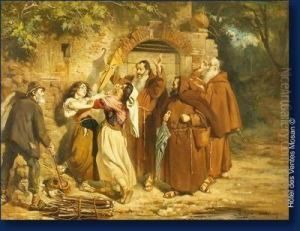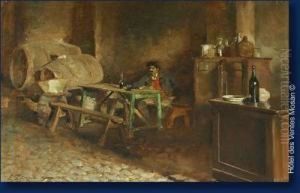Leon Philippet Paintings
Leon Philippet was a Belgian artist born on October 17, 1843, in Liège, Belgium. He was primarily known for his skills as a genre painter, a painter of realistic scenes of everyday life. Philippet was educated at the Royal Academy of Fine Arts in Liège, where he was a pupil of the respected artist Barthélemy Vieillevoye. He later completed his training in Paris, which was the epicenter of the art world during the 19th century.
Philippet's work is characterized by its detailed realism and often contains social commentary, reflecting the lives and conditions of the people during his time. His paintings often depicted the rural peasantry of Belgium, showcasing their daily struggles and their moments of joy. He painted with a compassionate view of his subjects, which garnered him a significant amount of empathy from his audience.
Throughout his career, Leon Philippet exhibited his work in various salons and exhibitions, obtaining a fair degree of success and recognition among his contemporaries. His works were exhibited in Brussels, Ghent, and other European cities, where they were well received for their technical proficiency and emotional depth.
During his lifetime, Philippet also contributed to the development of the art scene in Belgium. He was a member of the artistic circle known as the 'Cercle des Beaux-Arts de Liège,' which played a significant role in promoting the arts in the region. His influence extended to younger artists who looked up to him for guidance and inspiration.
Despite his achievements, Leon Philippet is not as widely known today as some of his contemporaries. Nevertheless, his works remain an important part of Belgian art history, providing insight into the social fabric of 19th century Belgium. His paintings are held in various collections and continue to be studied for their technique and historical value.
Leon Philippet passed away on February 4, 1906, in his birthplace of Liège. His legacy lives on through his contributions to genre painting and his detailed portrayal of the Belgian peasantry of his era.
